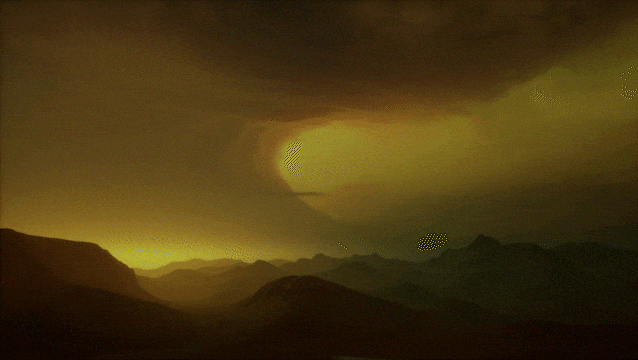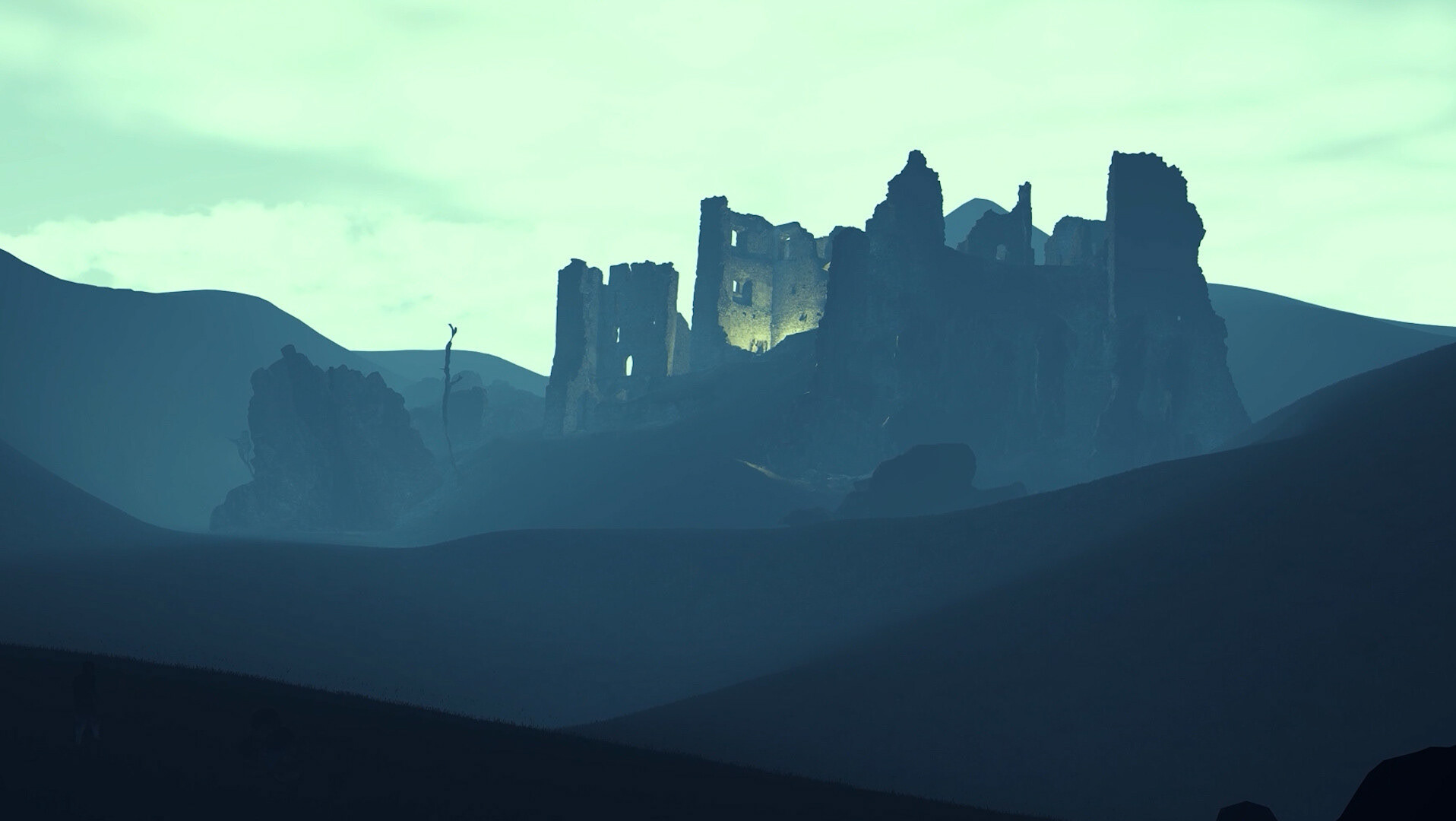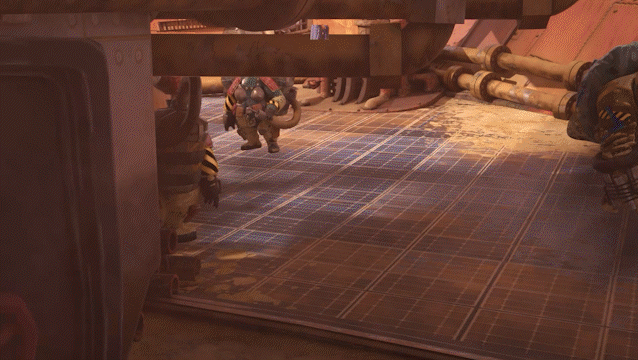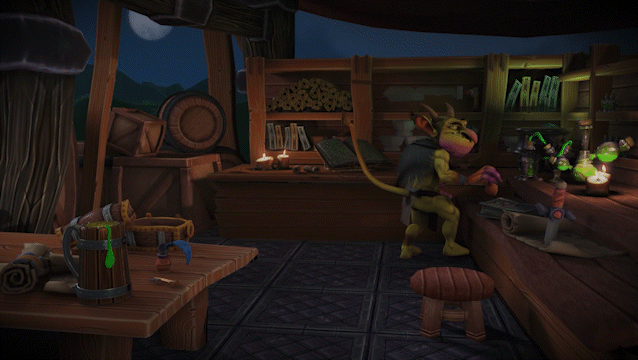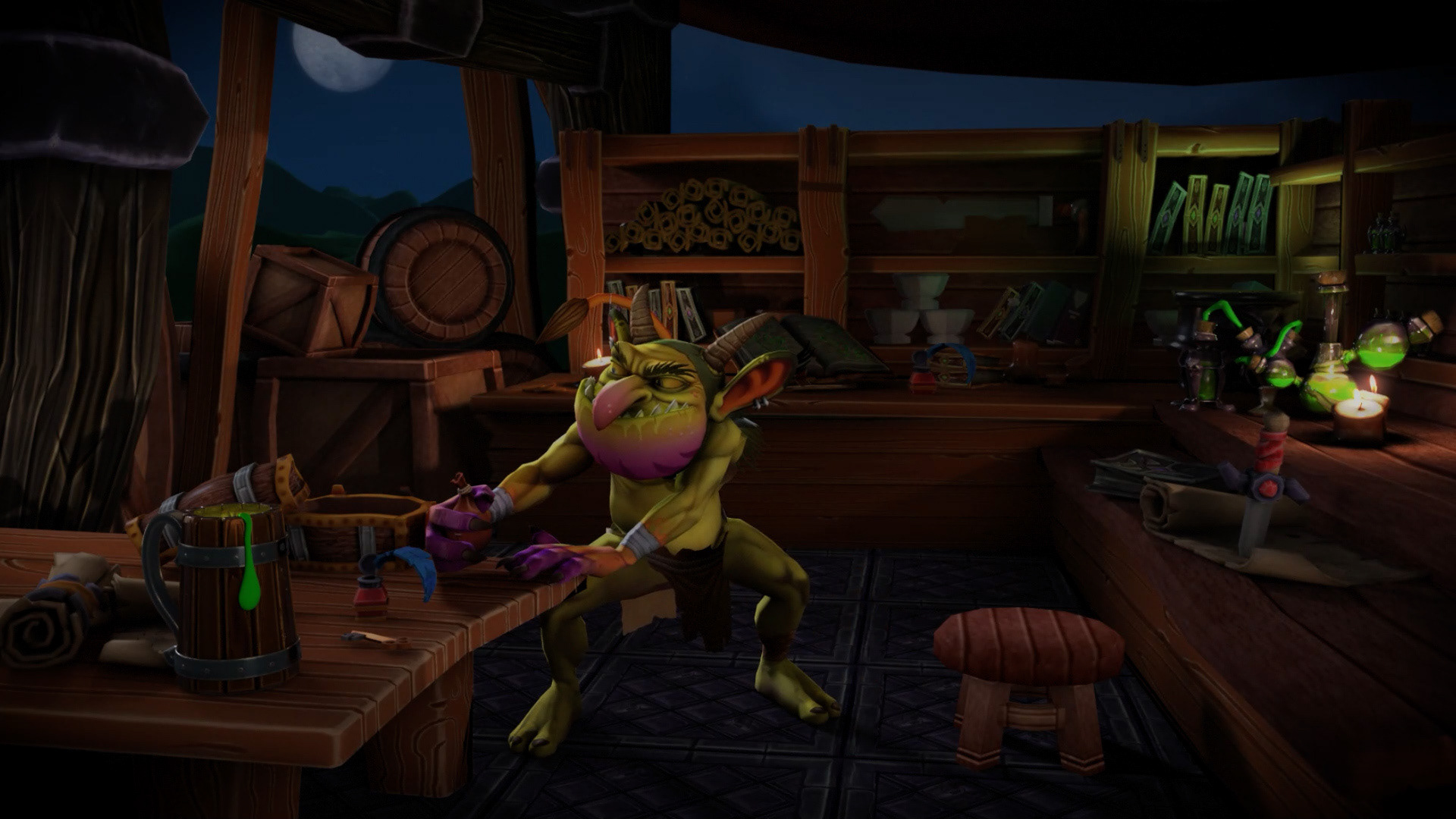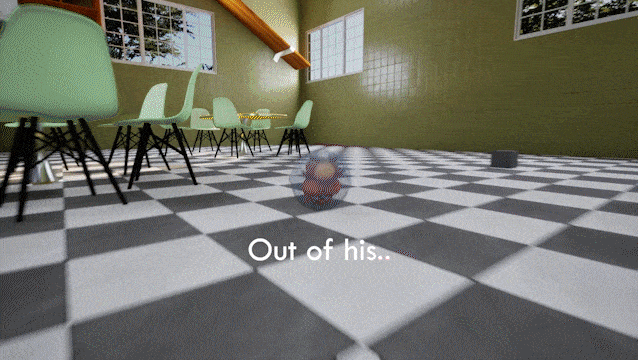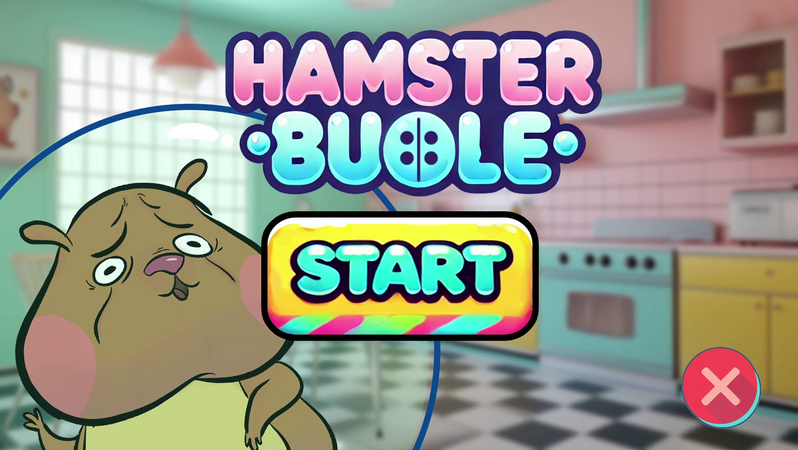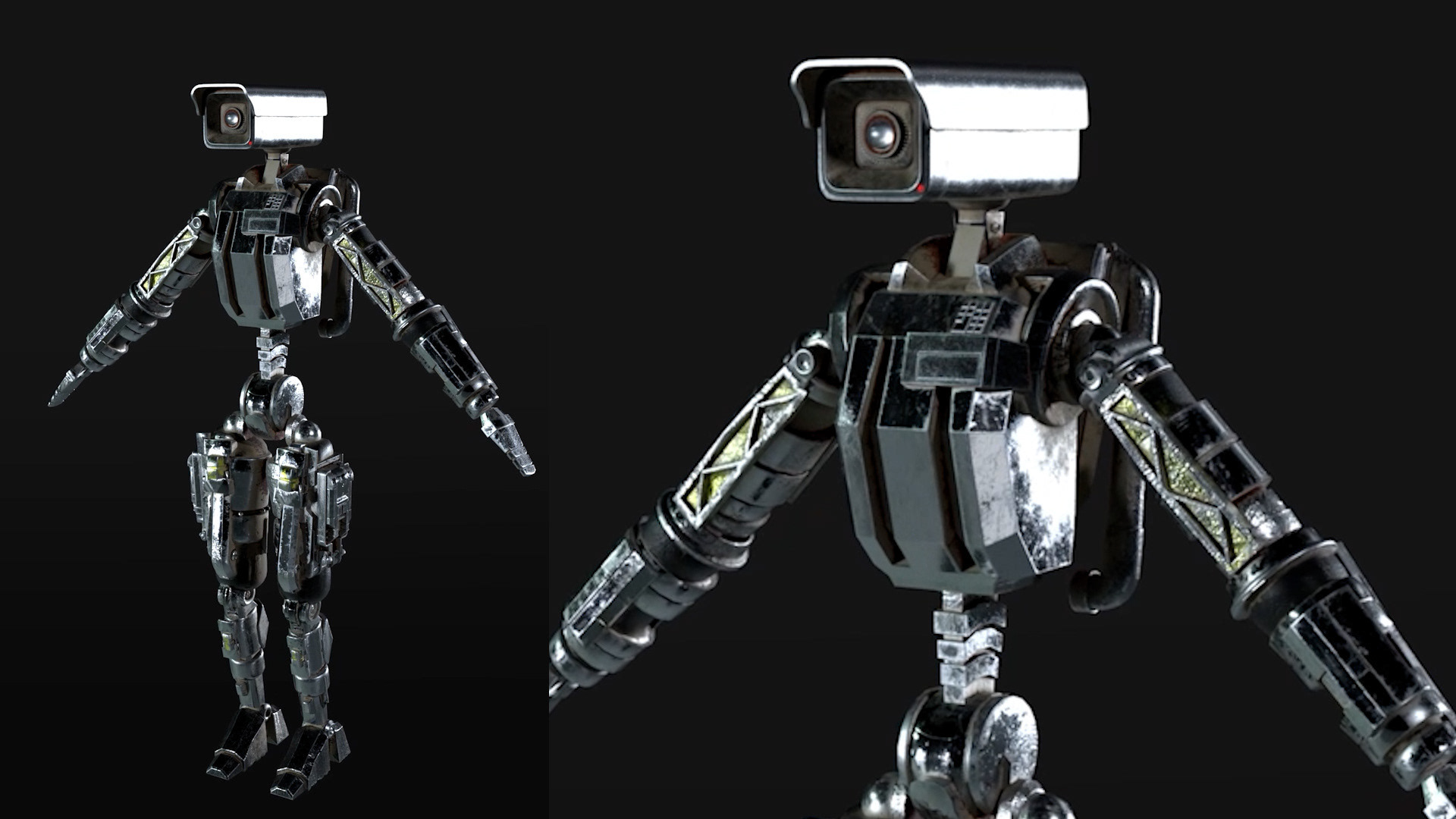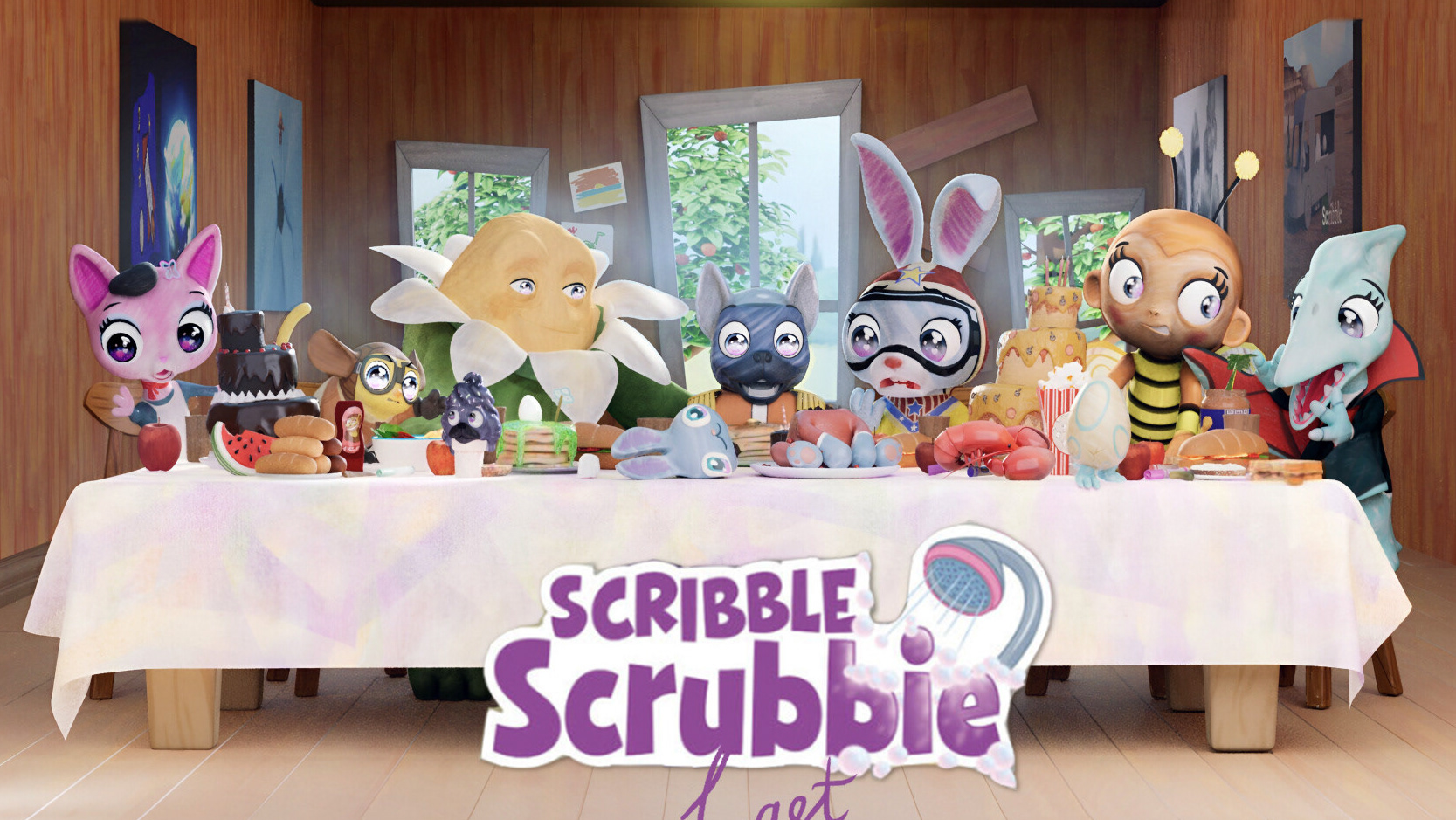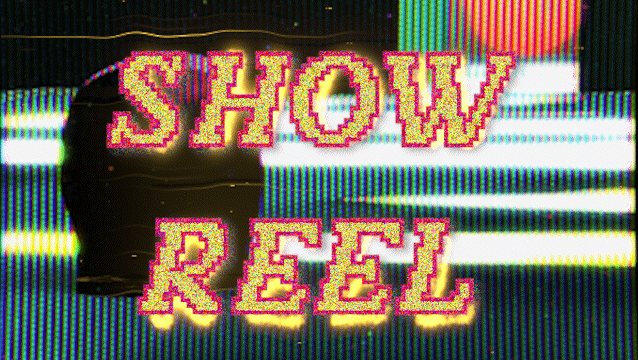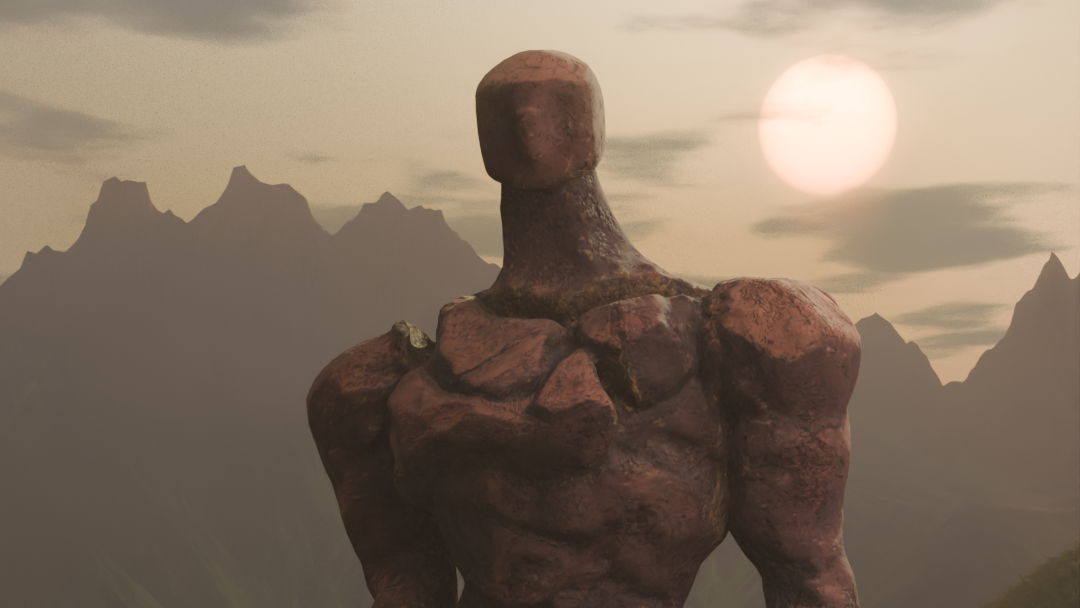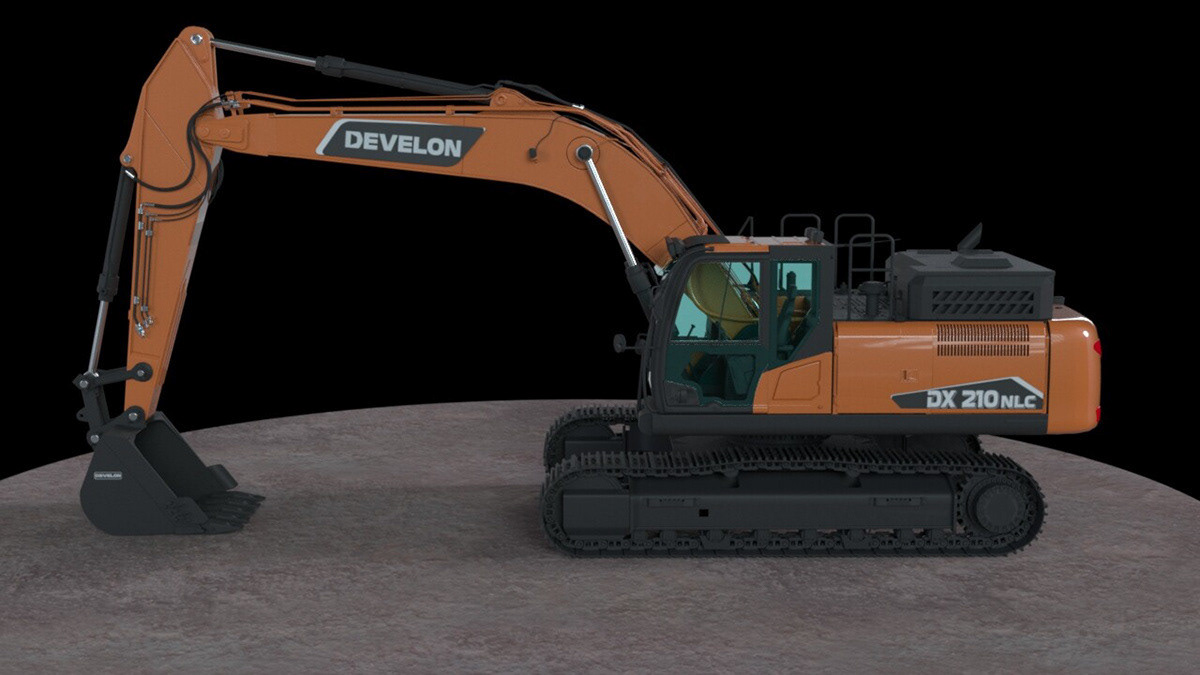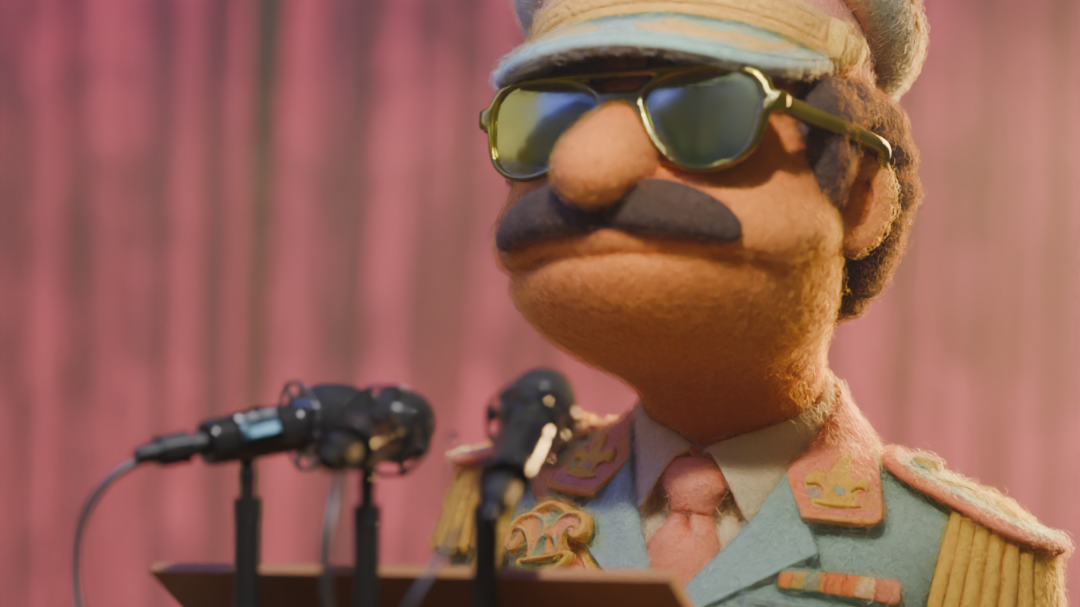Project Overview
Prime Choice is an animated short film created as a graduation project that explores the mind of someone experiencing compulsive indecision. This technical breakdown focuses on the innovative production methods used, including clay sculpting, 3D scanning, Unreal Engine 5, and motion capture.
I wanted to break away from rigid 3D animation pipelines and create a more fluid, experimental workflow that would allow for spontaneity and "happy accidents" typically found in traditional art but often missing in technical 3D production.
I wanted to break away from rigid 3D animation pipelines and create a more fluid, experimental workflow that would allow for spontaneity and "happy accidents" typically found in traditional art but often missing in technical 3D production.
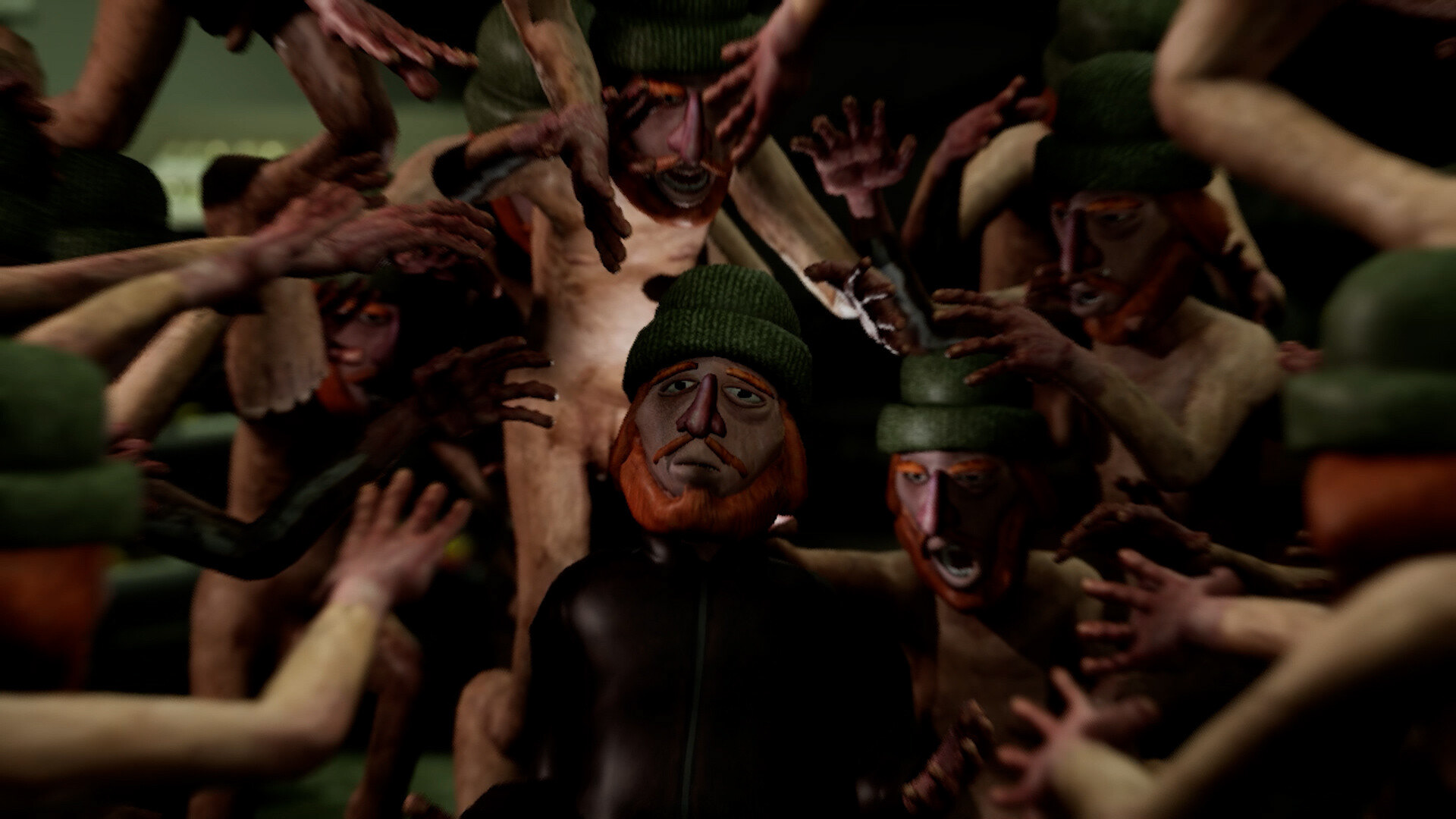


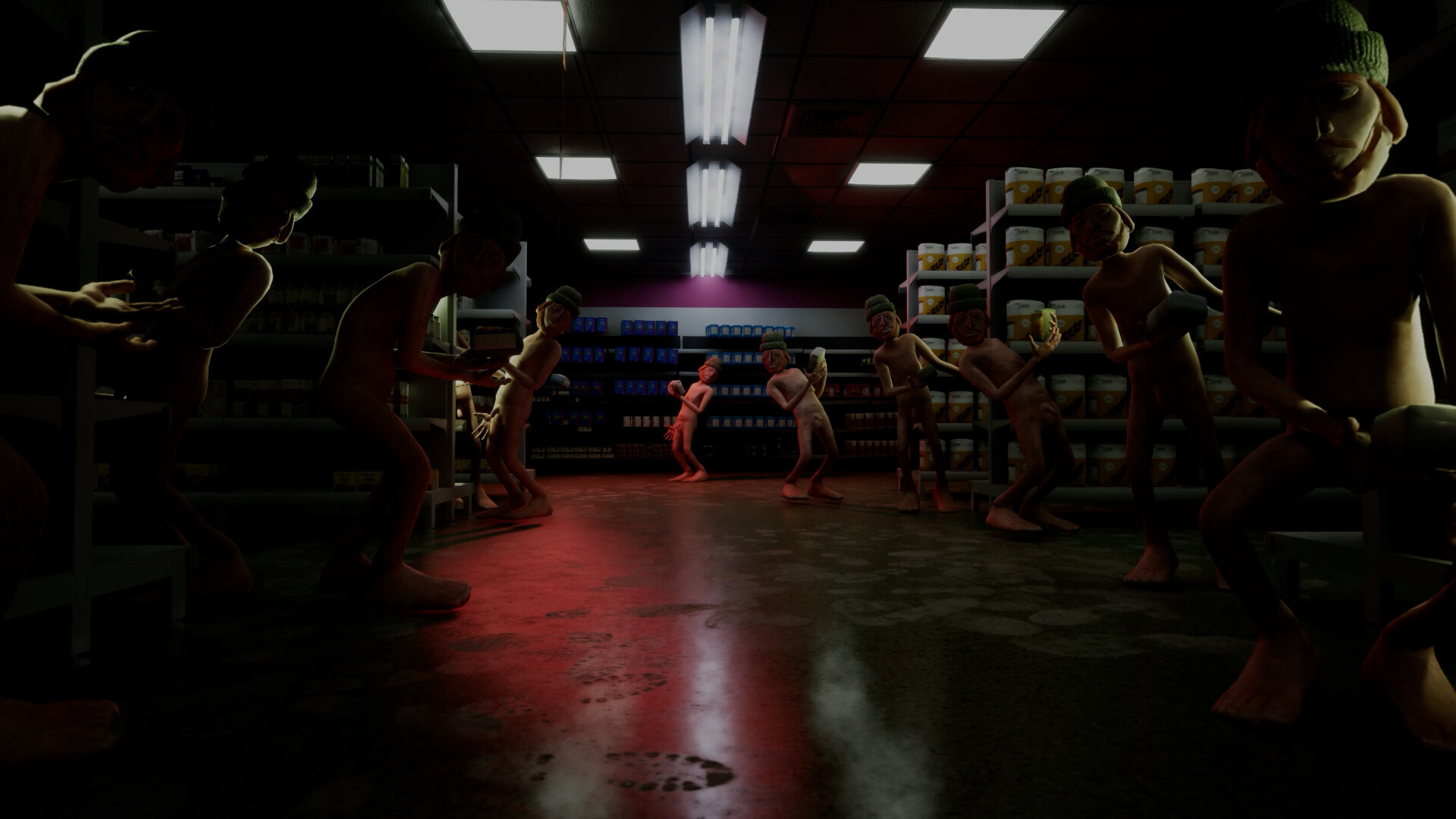

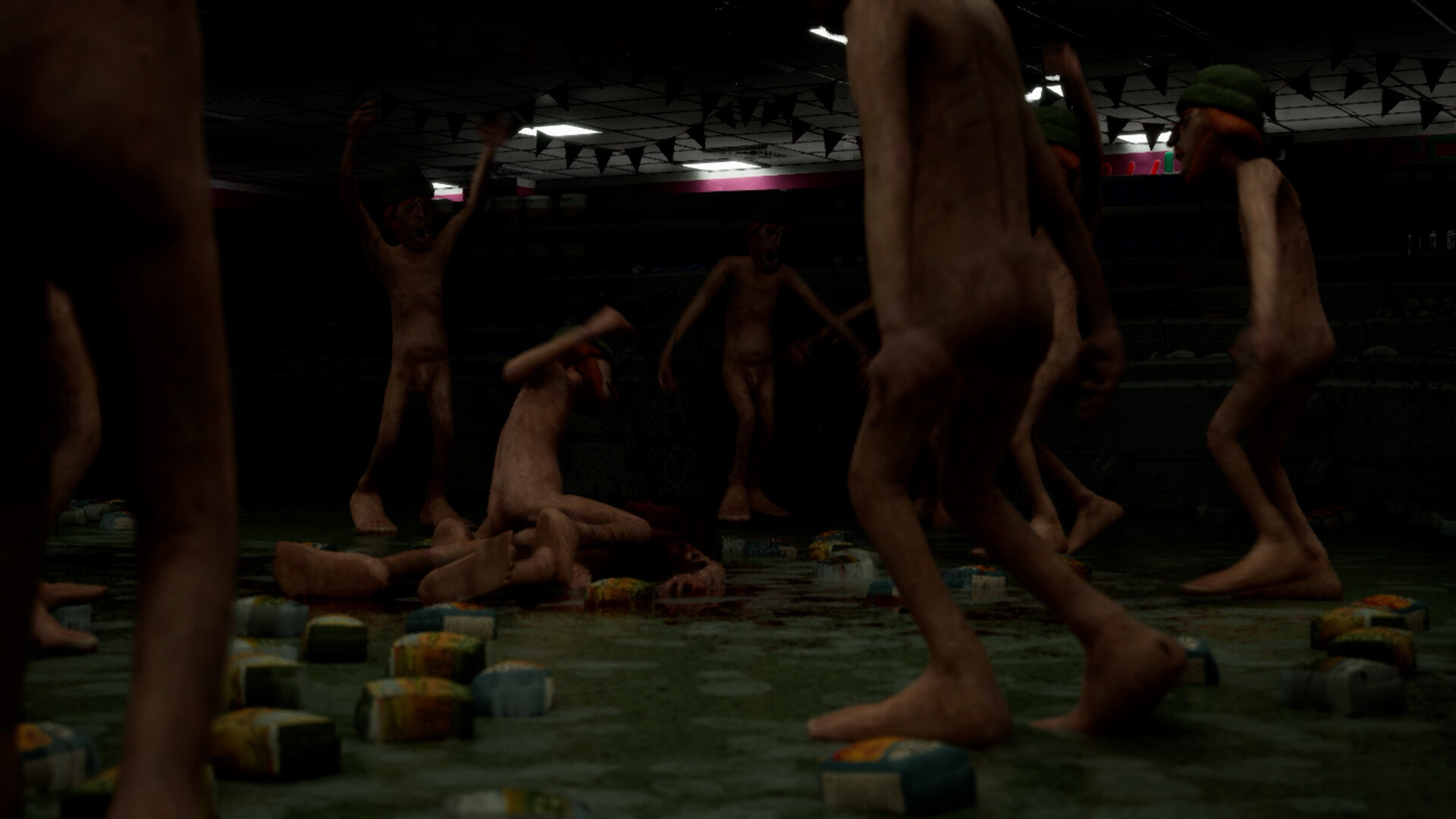
Character Creation Process
Clay Sculpting & 3D Scanning
The character development began with traditional sculpting using Das clay - a paper-mâché-like material that hardens unevenly. This deliberate choice was made to:
Create natural asymmetry and imperfections that would be difficult to achieve digitally
Maintain a handcrafted, tactile quality in the final 3D model
Allow for intuitive, flow-state creation without technical limitations
The process unfolded in stages:
Sculpted the character's head first, establishing the overall style
Created separate sculptures for hands, nude body, and clothed body
Conducted 3D scans of each component using photogrammetry
Combined and refined all elements in digital 3D space
This hybrid approach provided distinct advantages:
The Das clay created natural, organic imperfections
The hand-sculpted elements retained a stop-motion aesthetic
The digital workflow allowed for animation flexibility
Directing & Motion Capture
Directing "Prime Choice" felt more like running a digital theater than traditional animation. During my Netherlands exchange, I accessed professional motion capture suits that transformed my process—directing actual performers rather than keyframing every movement. This captured authentic emotional nuance that would be challenging to animate manually. When importing this data into Unreal Engine, I gained unprecedented directorial freedom through real-time rendering and post-capture camera positioning. This immediate visual feedback loop allowed me to make spontaneous creative decisions about lighting, composition and timing without waiting for renders, making the technical 3D production feel remarkably intuitive and performance-driven despite the highly technical environment.
Unreal Engine as Digital Theater
Rather than using traditional 3D animation software, I opted to create the entire film in Unreal Engine (primarily a game development platform), which transformed my approach:
Real-Time Rendering: Eliminated lengthy render times, allowing immediate visual feedback
Dynamic Lighting: Created sophisticated atmospheric effects with minimal technical overhead
Camera Freedom: Functioned more as a film director than technical animator
Technical Challenge: The lack of local Unreal Engine expertise in Israel meant developing custom solutions. The game engine's cinematic tools required adaptation for narrative filmmaking, but ultimately provided more creative freedom than traditional animation software.
Key Technical Milestones
Character Scanning & Rigging
The technical process of translating physical sculptures into functional 3D characters involved:
Photogrammetry sessions to capture detailed sculpture geometry
Digital retopology to create animation-friendly mesh structures
Custom rigging solutions adapted to the unique character proportions
Blend shape creation for facial expressions and key deformations
Unreal Engine Implementation
Working in Unreal Engine presented unique technical challenges:
Scene Management: Created a system for managing multiple environments
Lighting Development: Built a custom lighting setup that balanced atmosphere with readability
Animation Integration: Developed workflows for bringing motion capture data into Unreal
Rendering Pipeline: Established a continuous rendering system rather than per-shot output
Rendering & Post-Production
The technical approach to final output included:
Real-time rendering directly from Unreal Engine
Custom post-processing effects created within the engine
Sequence-based output management for the continuous-file approach
Color grading integrated into the real-time pipeline
Technical Conclusions
The "Prime Choice" project proved that unconventional technical approaches can yield unique creative results:
The combination of traditional sculpting with advanced 3D scanning created a distinctive visual style
Unreal Engine provided a more director-friendly environment than traditional animation software
The single-file continuous production approach improved workflow efficiency
Real-time rendering and iteration allowed for more spontaneous creative decisions
